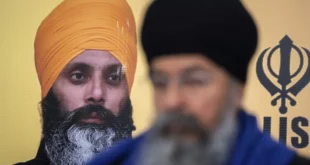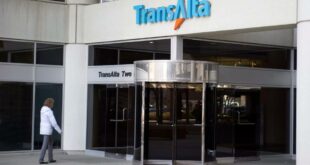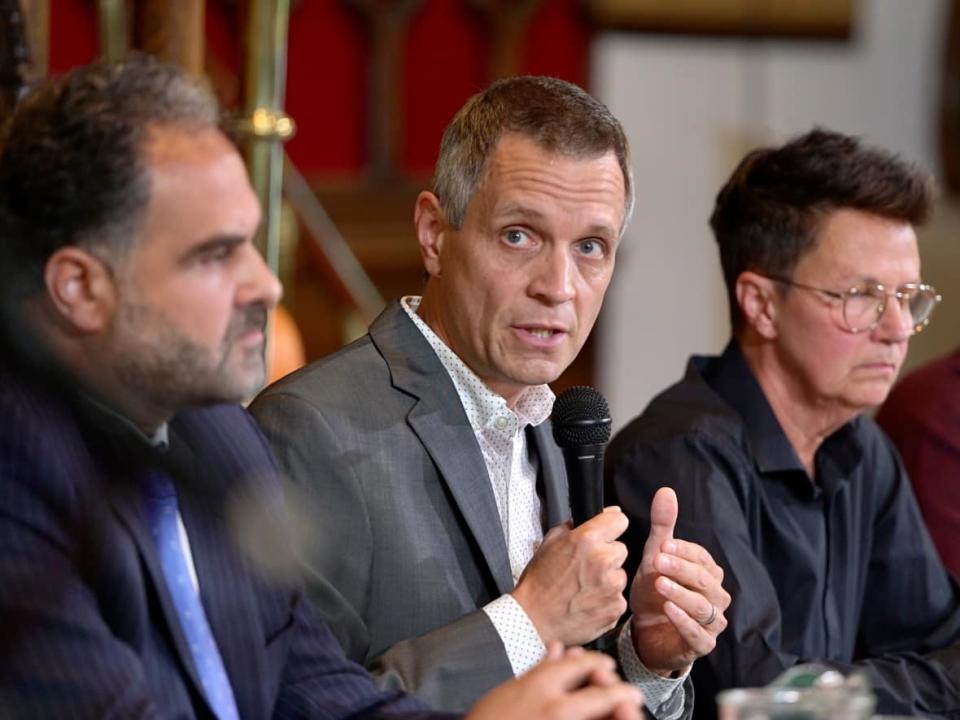
In a typical year the city plants about 100,000 trees. They cool urban heat deserts, shade houses and sequester carbon, and they increase property values and improve quality of life, among other benefits.
In 2023, his first full year in office, the city will continue to plant somewhere around 100,000.
The routine figure — a year after what the city repeatedly describes as “the most significant weather-related forest disturbance in decades” — disappoints Paul Johanis, chair of the Greenspace Alliance of Canada’s Capital.
He’s not surprised, though.
“There were no extra dollars in the budget this year for forestry. So it’s hard to, you know, solve that conundrum,” Johanis said.
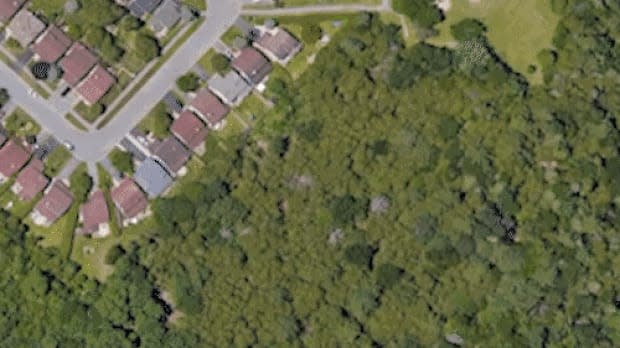
Angela Keller-Herzog, executive director of Community Associations for Environmental Sustainability Ottawa, said it’s going to take “a serious effort” to restore canopy after increasingly powerful and frequent storms.
“I think that we need a big push from the mayor,” she said.
“As far as I’m concerned, it’s time to sit down at the table and roll up our sleeves and start making much more concrete plans and allocating resources.”
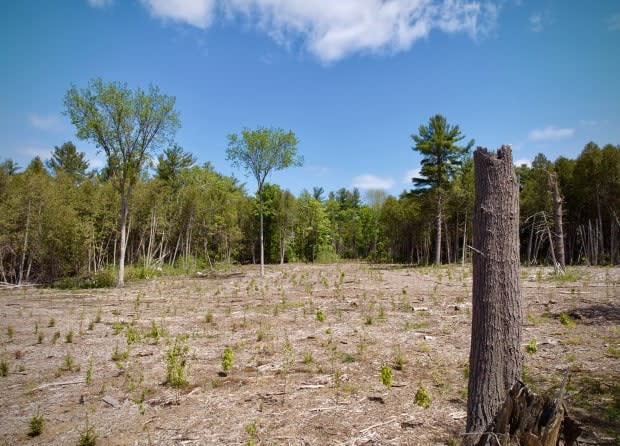
Exactly how much tree cover was lost isn’t yet known. Detailed scans of the entire National Capital Region began shortly after the derecho, but the analysis isn’t expected until late 2023, according to Jason Pollard, a section manager with the city’s forestry department.
It’ll show the change to the canopy expressed as a percentage. In 2017, the last time the survey was done, about 31 per cent of city-owned land was covered in trees.
The goal is 40 per cent.
Tree-planting strategy to come
To get more canopy, the city is developing a tree-planting strategy later this year. The strategy will be added “to slowly make a difference in terms of increasing the numbers of trees planted and increase our tree canopy,” Pollard said, adding trees incrementally over time.

Since the derecho, 251 trees have been planted through Trees in Trust.
Keller-Herzog doesn’t think it’s enough, and hopes the city will find ways to more proactively help residents.
“There is a lot of unharnessed positive energy in communities in terms of identifying plantable spaces,” she said.
“It’s a matter of priorities and a matter of planning.”
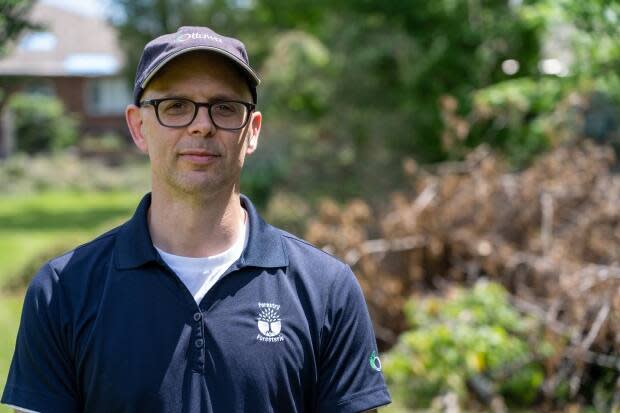
Staff “will be meticulous in terms of evaluating each and every site where disturbance occurred and looking to re-establish and replant trees,” he said.
When compared to the city’s other pressures, such as affordable housing, Johanis said tree canopy is a number one issue for community associations.
“We hear it everywhere, all the time, without even soliciting it,” he said.
“Whether it gets translated through council to action, we’ll see.”

Instead, the mayor wrote he’s working on the tree-planting strategy with city staff, and engaging community groups, businesses, partners and schools to organize tree-planting events and volunteer will be an “important” piece.
“This not only instills a sense of pride and accomplishment within our community but also [ensures] that the knowledge and passion for environmental stewardship are passed down to future generations,” Sutcliffe wrote.

National Capital Commission
As for its lands, the National Capital Commission (NCC) said it’s still in initial stages of recovery, and it’s “too early to provide specific details about the derecho cleanup and subsequent steps.”
Johanis said he thinks that’s an indication of how “overwhelmed” and “swamped” the commission is.
“I think this is a very, very big hit on their holdings, and even though the Greenbelt and managing and conserving it is part of their activity, they have other … higher priorities,” he said.
“Our big concern is that this will lead, at some point, to disposal of some NCC lands because they can’t manage them.”
*****
Credit belongs to : ca.news.yahoo.com
 Atin Ito First Filipino Community Newspaper in Ontario
Atin Ito First Filipino Community Newspaper in Ontario

